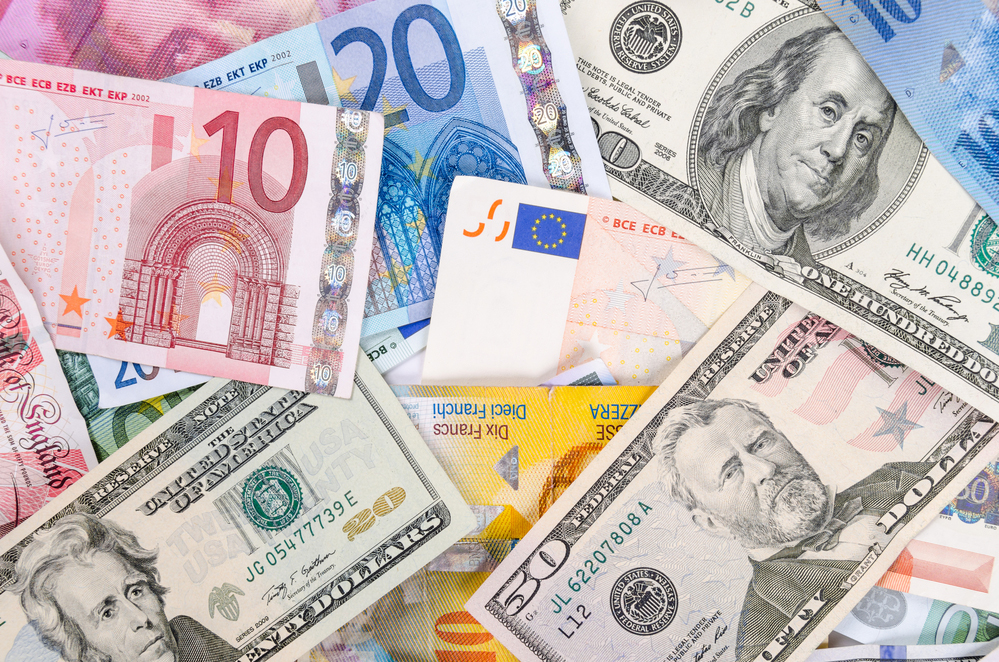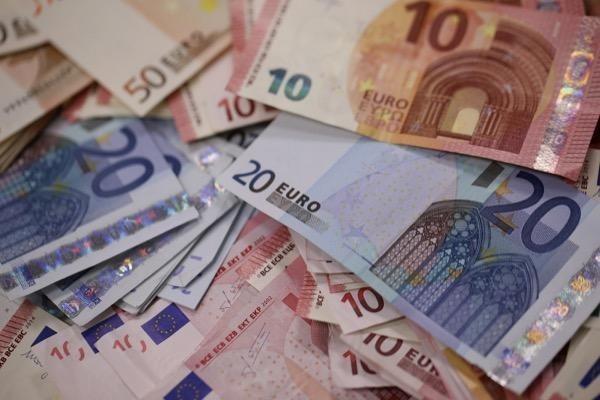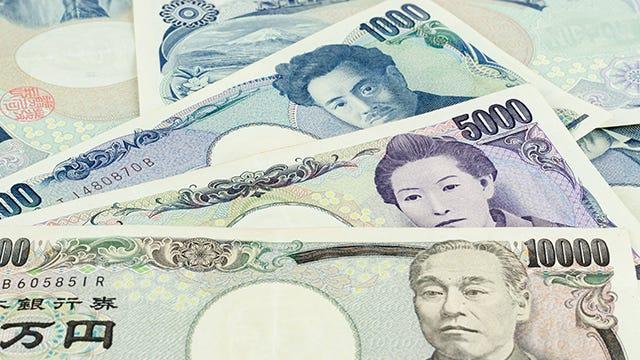
Of all the existing currencies globally, investors have long considered the US dollar, euro, Japanese yen, and Swiss franc as safe havens for various reasons. A safe haven is a form of financial instrument which retains and sometimes increases in value during periods of broader market decline and economic turbulence. low-interest
Most investors have a myriad of different investments in a diversified portfolio, some of which are positively or negatively correlated with one another.
Another part of their total holdings is likely to include an asset class that acts as a sort of equalizer or insurance when all the other assets decline in value during economic downturns, such as in a recession or just a natural cycle of a prolonged bear market.
These also tend to have little or no correlation with one’s core portfolio. Instruments that have long attained this status are metals like gold and silver because of their inherent limited supply and high demand. In forex, safe haven currencies – also sometimes referred to as ‘hard currencies ‘ – are the US dollar, euro, Japanese yen, and Swiss franc.
When certain market conditions emerge, like economic depressions, fundamental analysts can often see demand for some of these currencies, which is the usefulness of why they are worth observing regularly.
The US dollar

Of all the currencies on this list, the US dollar still holds a somewhat contentious spot. However, regardless of what happens worldwide, there has always been a default desire for this legal tender for a few crystal-clear reasons.
For starters, the US dollar has been a global reserve currency for several decades, meaning many central banks and other financial institutions worldwide keep large amounts of it. According to Wikipedia, the dollar represents 61% of foreign reserves.
A vast majority of international business deals and virtually all commodity prices are USD-denominated. The United States has consistently had one of the best performing economies in the world, all positive factors for dollar demand.
These are some of the many reasons why there is always an appeal for the greenback. Despite some substantial criticism from experts for years on the US dollar being a so-called safe haven, it would take something drastic to change this status.
The euro

According to Wikipedia, roughly 20% of international currency reserves are held by central banks and other monetary authorities. Like the US dollar, the Eurozone has been dominant economically for years, being the largest after the States.
The EU (European Union) enjoys trillions worth of investments from foreign investors every year. Although, like its counterpart, the stability of the euro has been questionable. Even so, the euro is perceived as much better than the dollar because, unlike the United States, the European Union typically maintains a trade surplus yearly.
Therefore, this and other causes suggest a strong flow of EUR money into the EU, driving up demand and economic activity.
The Japanese yen

The yen carries unique motives for why experts consider it the ‘flight to safety’ money. Japan is also a supreme leader in the global economic field like America and Europe but also has been plagued with distinct challenges leaving investors doubtful.
Aside from rarely having a trade deficit, Japan is one of the world’s recognized creditor nations. This essentially means Japan lends out and invests more into other foreign countries than they do to them, effectively having less debt.
However, there is another element distinct about the yen not found with other regions: the carry trade. The carry trade is a strategy used by investors where they trade a currency with a low-interest rate against another with a higher interest rate to hopefully profit from the positive differential.
Investors have been well known over the years to use the yen with this method because the Bank of Japan has kept its interest rate negative for some time. This strategy is used against the US dollar, the euro, and other currencies with much higher interest rates like the South African rand, Turkish lira, Russian ruble, and Brazilian real.
The Swiss franc

Of all the currencies in this article, the Swiss franc is arguably the best safe haven. For starters, Switzerland is a fairly neutral country, rarely getting involved in any global conflict. Importantly, Switzerland is not part of the European Union, which shields them from any adverse consequences this group may experience.
The Swiss administration historically doesn’t default too much on its debts. Thus, from a political and governmental standpoint, the nation is relatively stable, an effect trickling into other sectors.
One of these industries is the financial and banking industry, which analysts applaud for being one of the most developed globally. The standard of living is quite high in the Swiss region, as evidenced by having one of the best performing economies globally.
Switzerland also has an impressively low unemployment rate, which, as of May 2021, sits at 3.4%. Some of the wealthiest families on the planet hoard some of their fortunes in Swiss private banks and wealth management corporations.
Affluent investors also consider Switzerland a tax haven due to its relatively low taxation, which is an incentive for them to keep their money in CHF. All in all, some of these attributes indicate prosperity and demand for the Swiss franc overall.
Final word
Although currencies have a much higher supply due to ‘money printing,’ they do exhibit behaviors of a safe haven in particular global financial events. Looking at the trends from a fundamental standpoint of when demand shifts occur for these currencies can help forecast new price movements.
Like anything else, safe havens are not foolproof, and their status will change over time depending on numerous factors investors should cautiously observe.








Leave a Reply